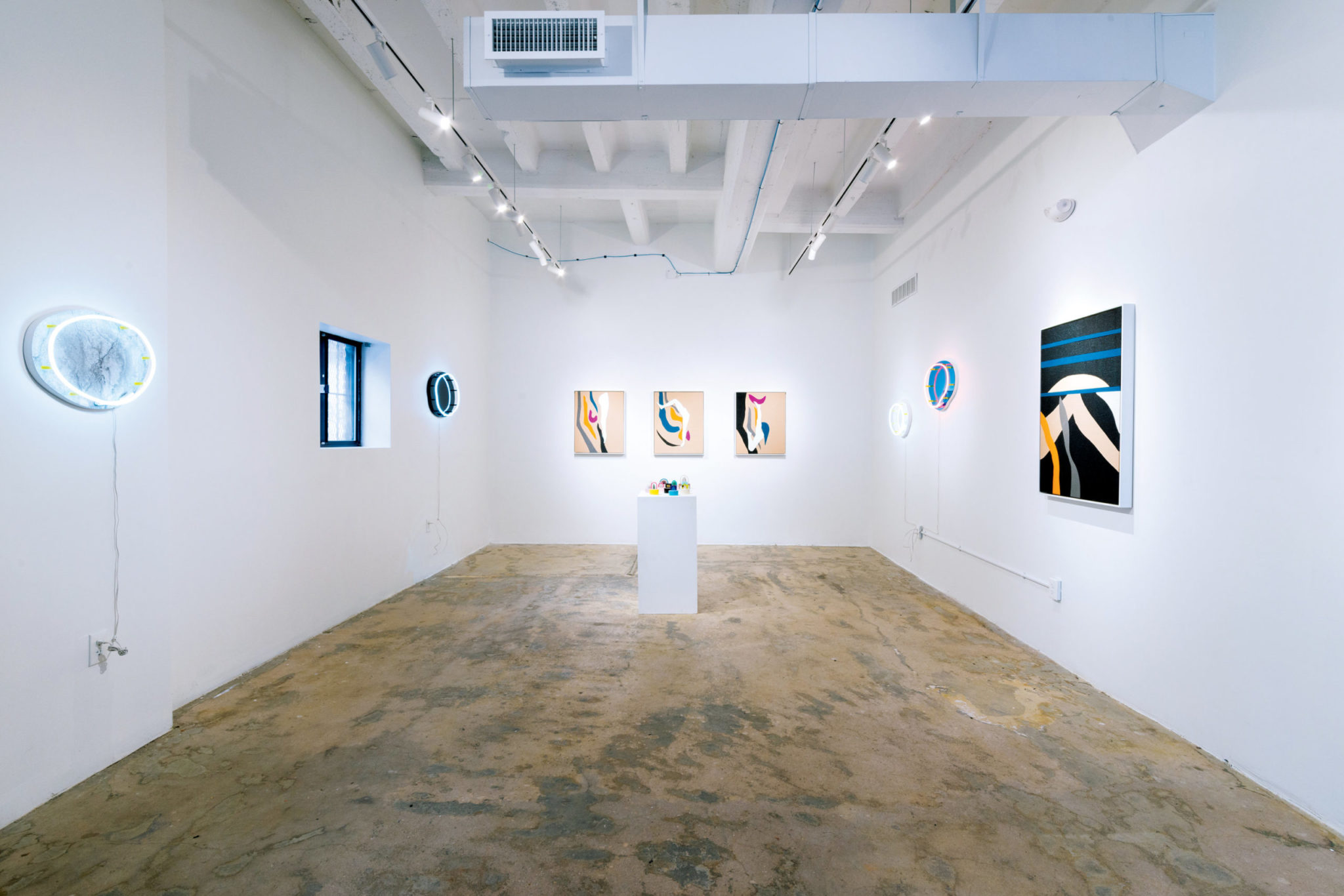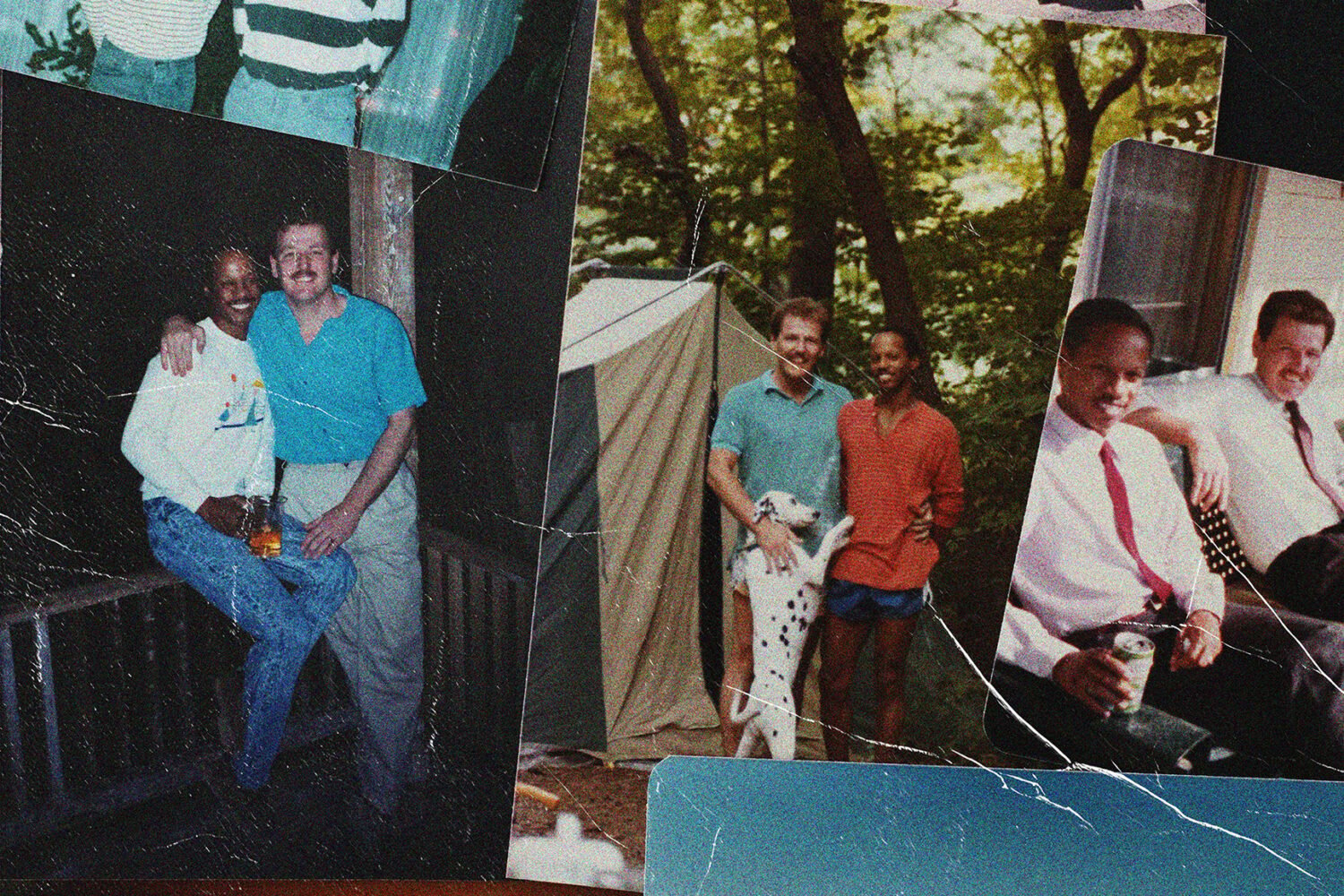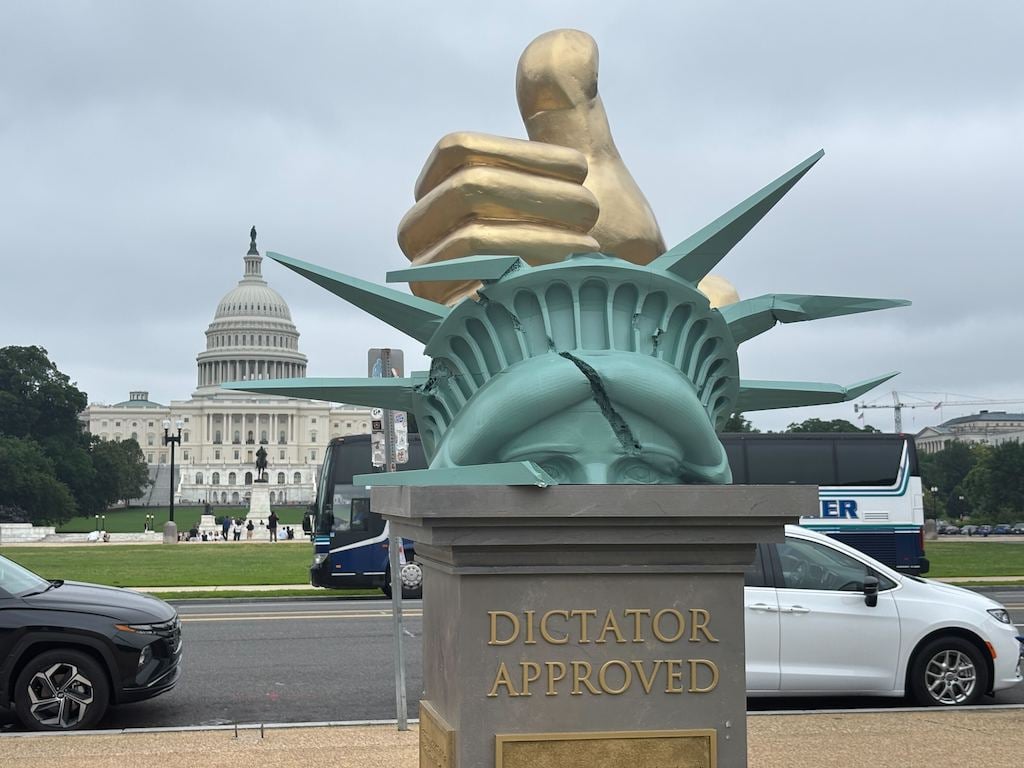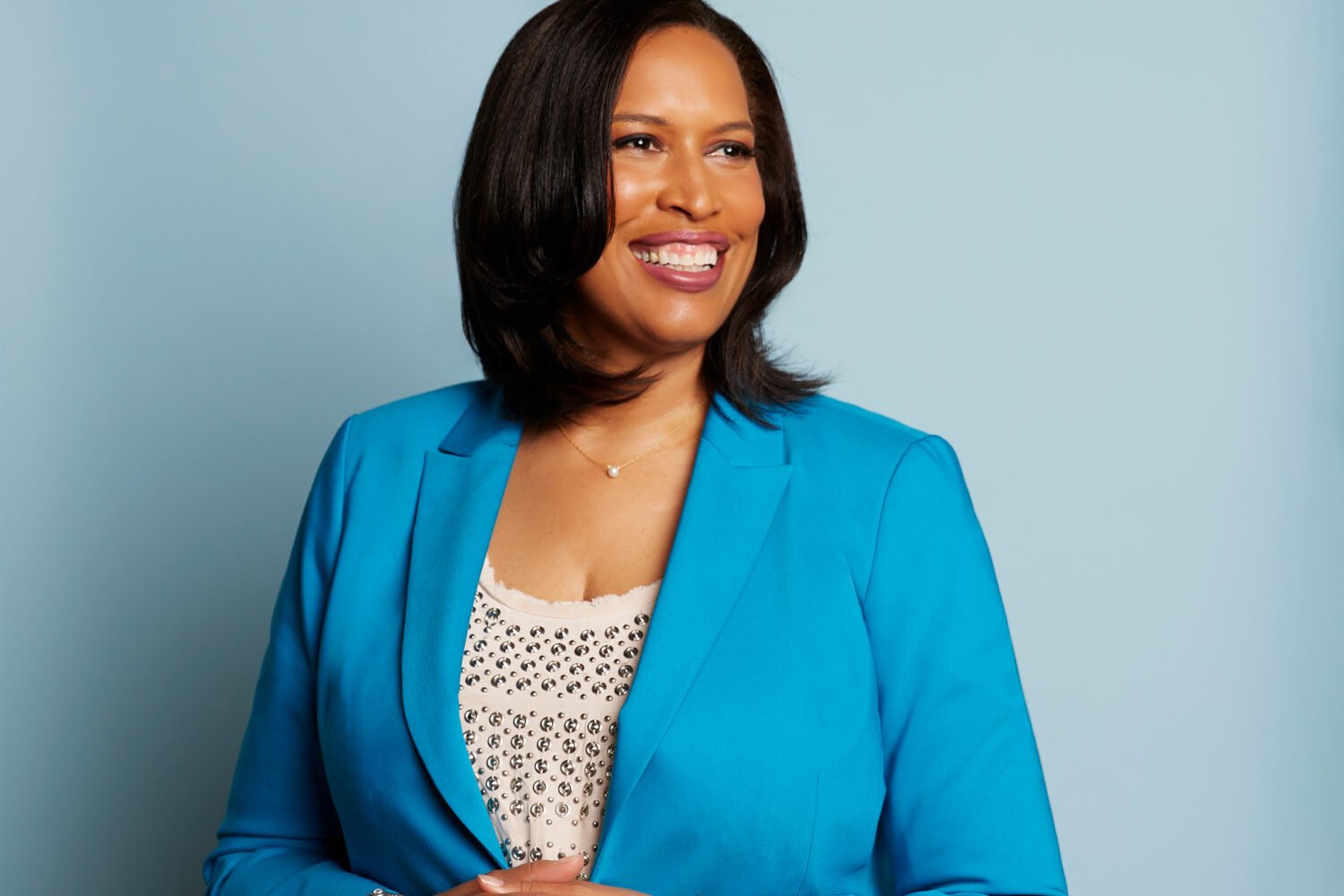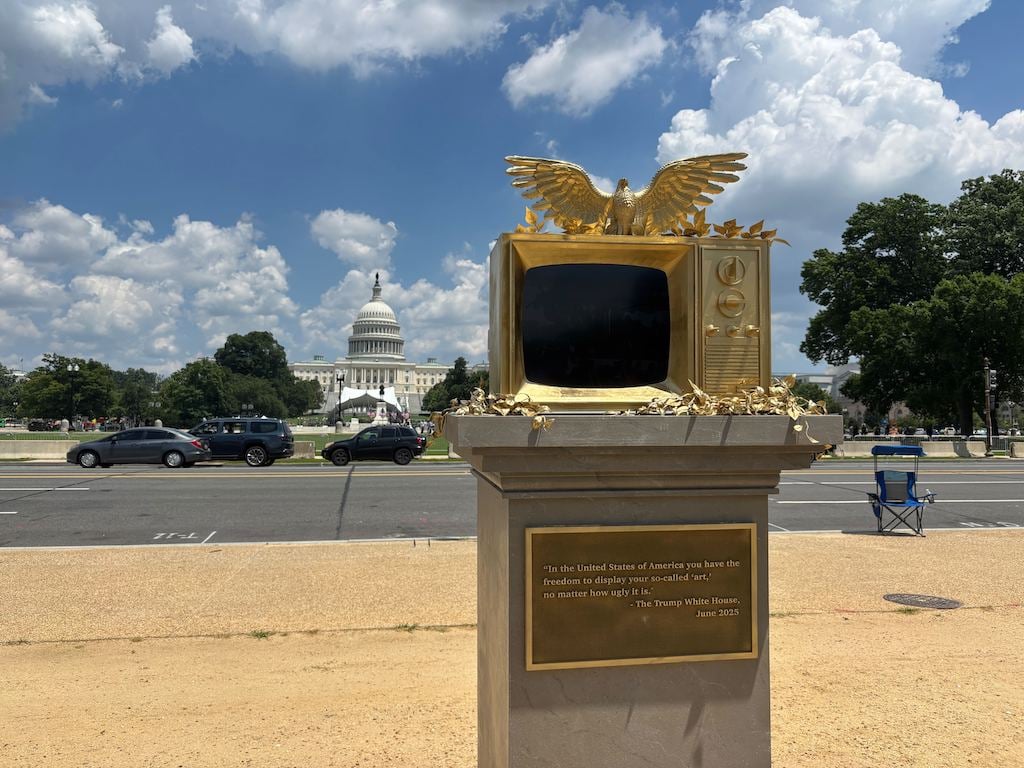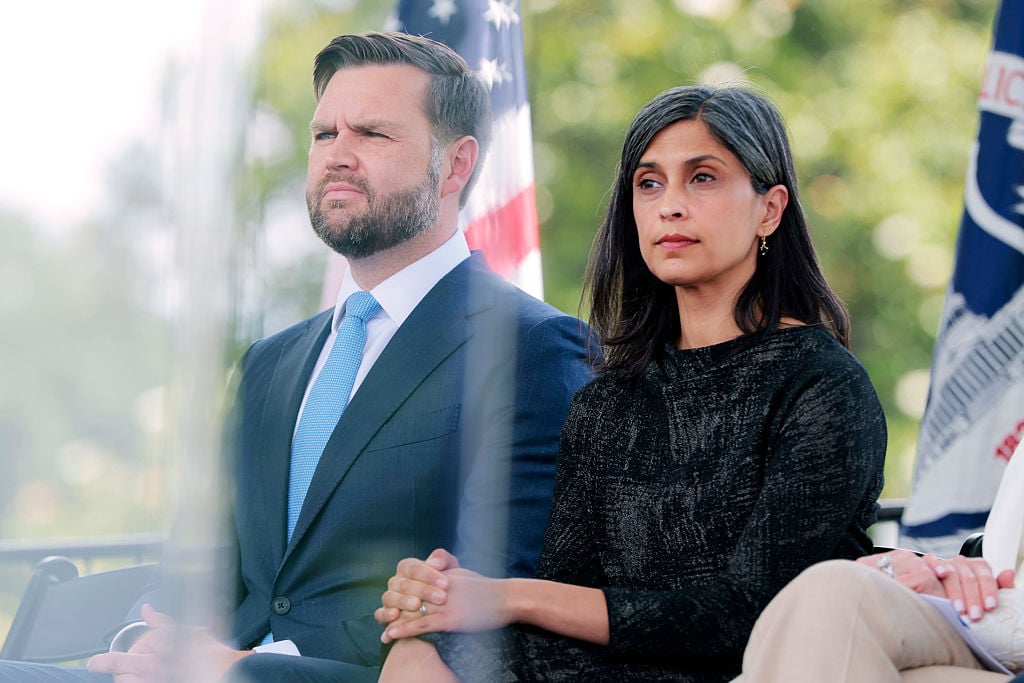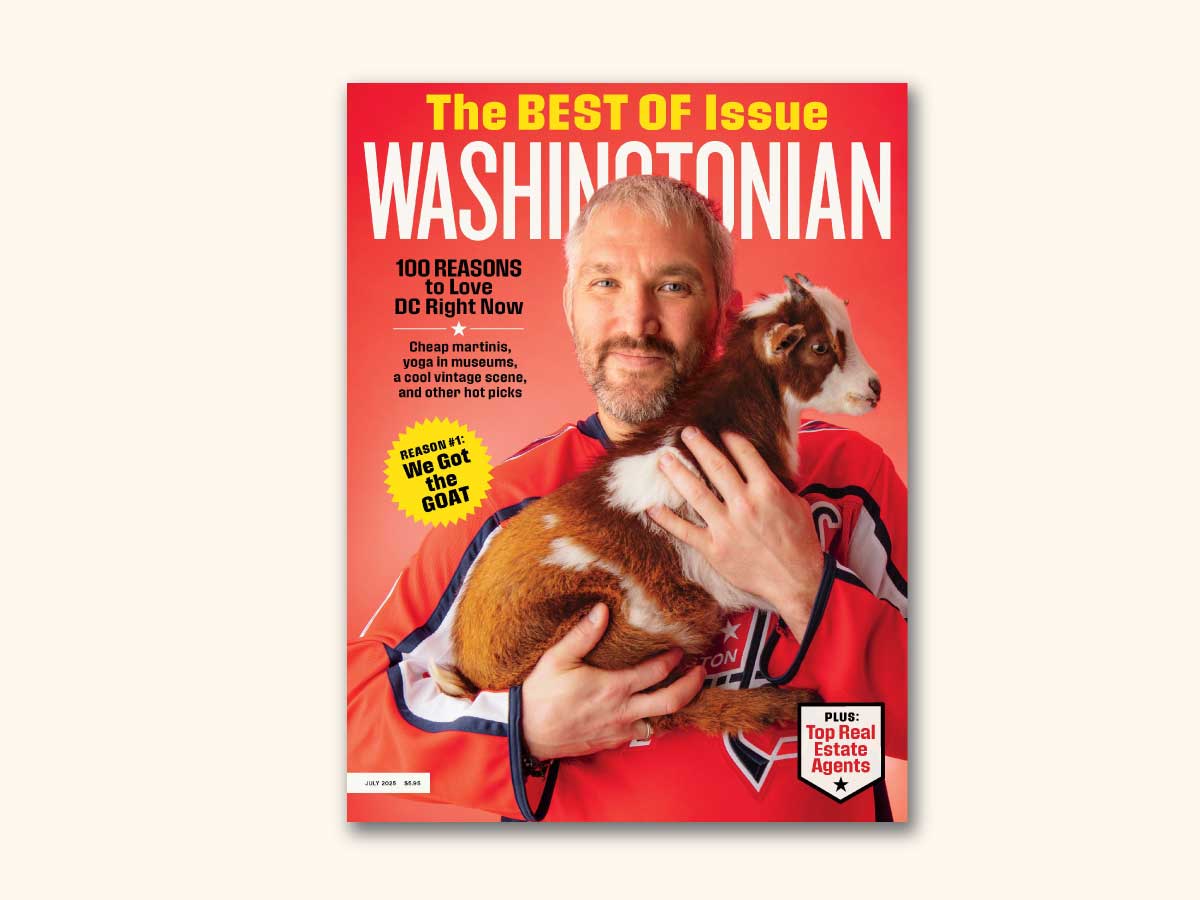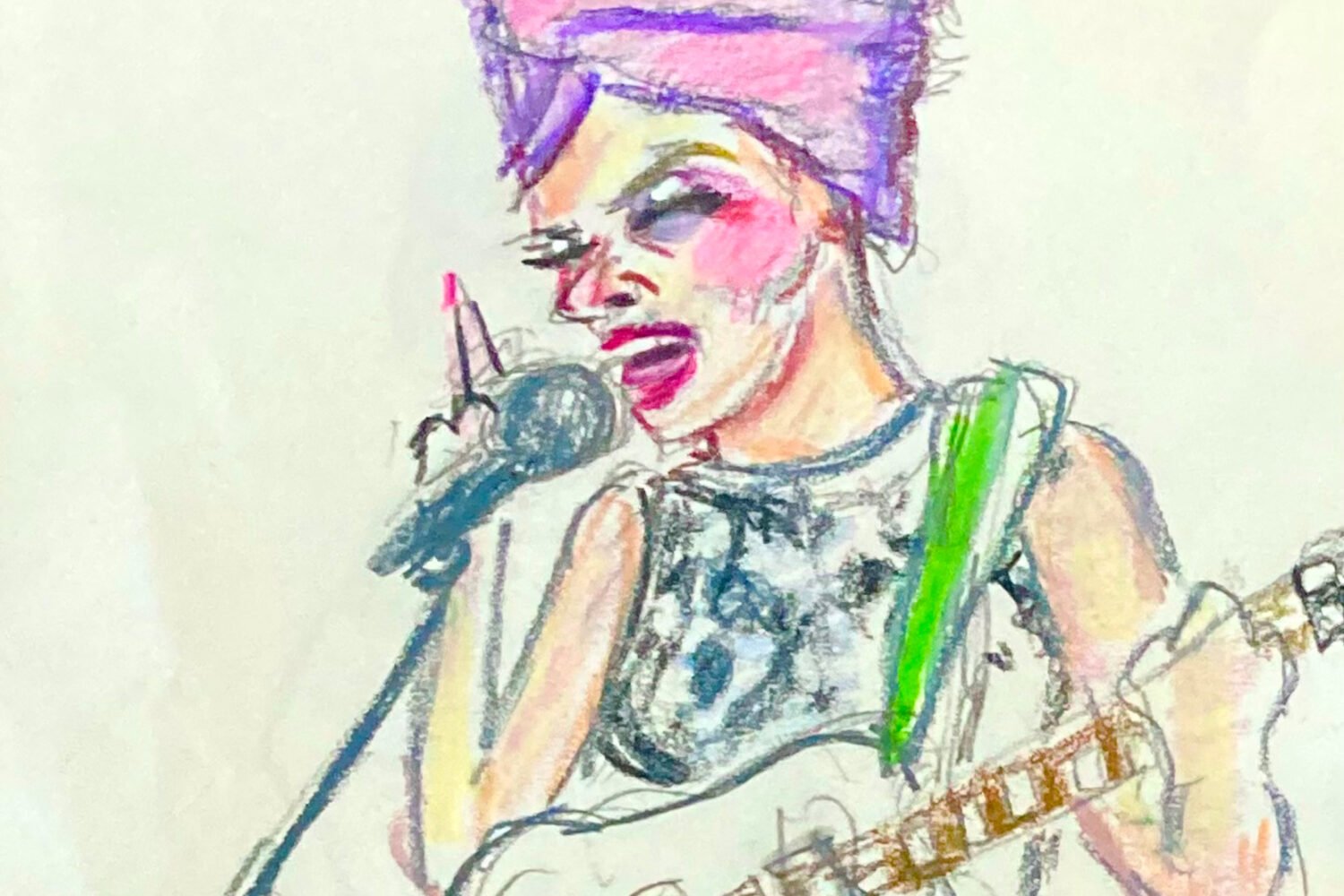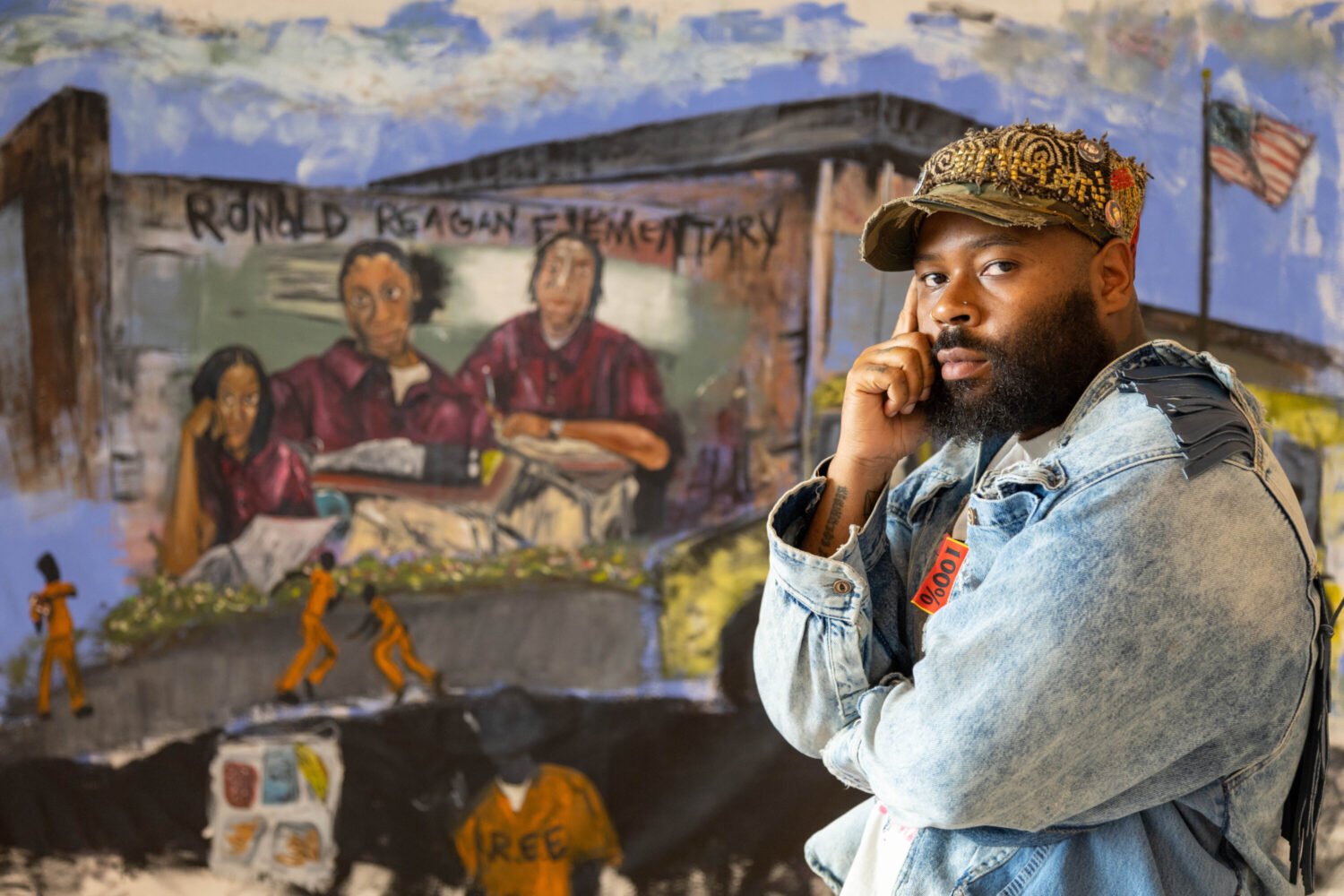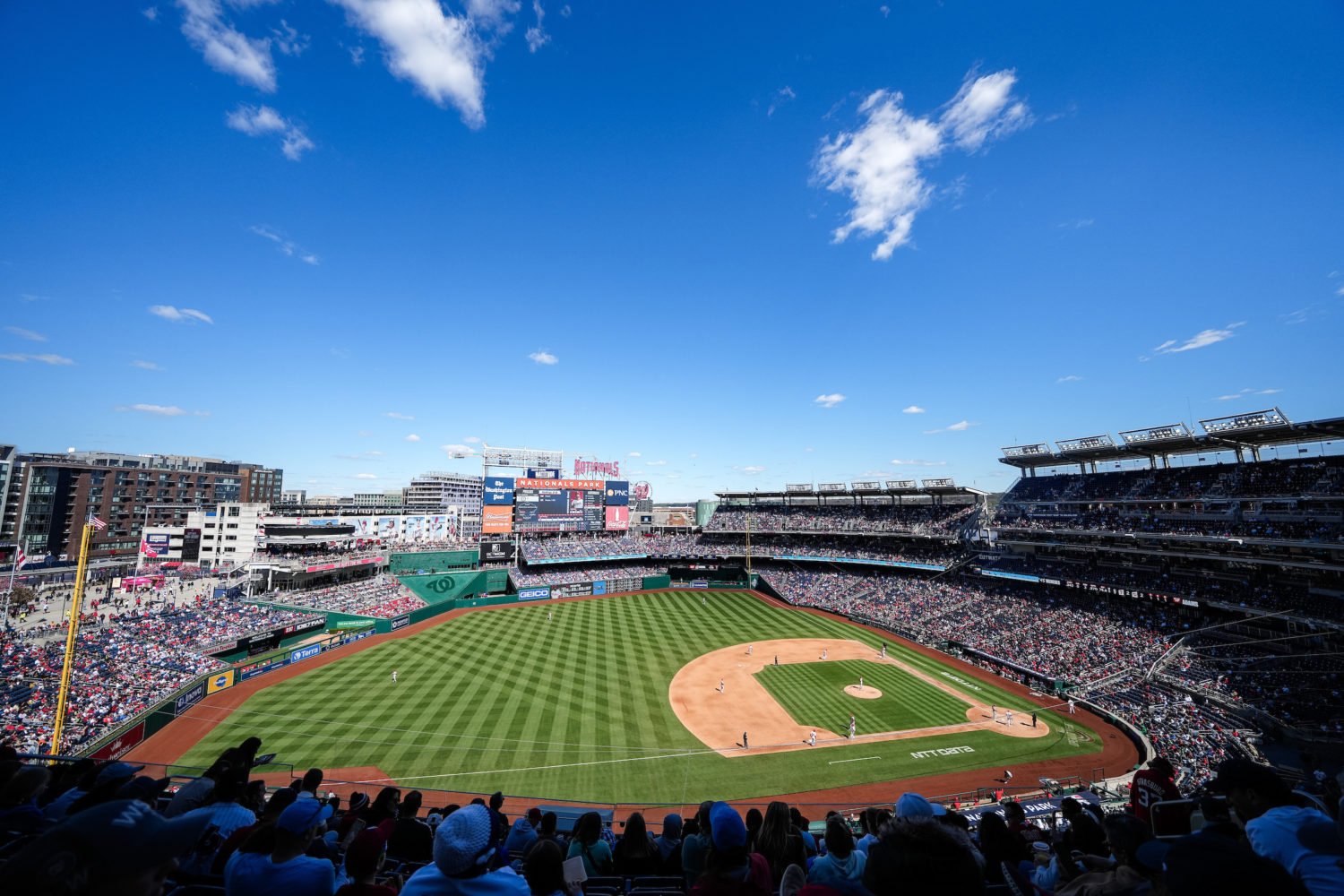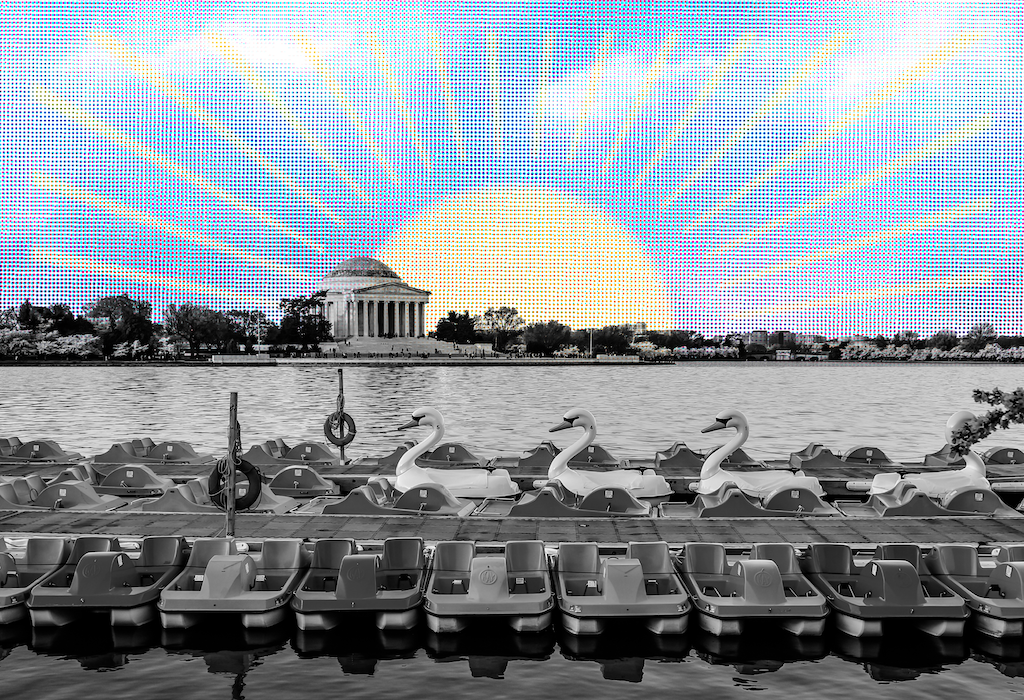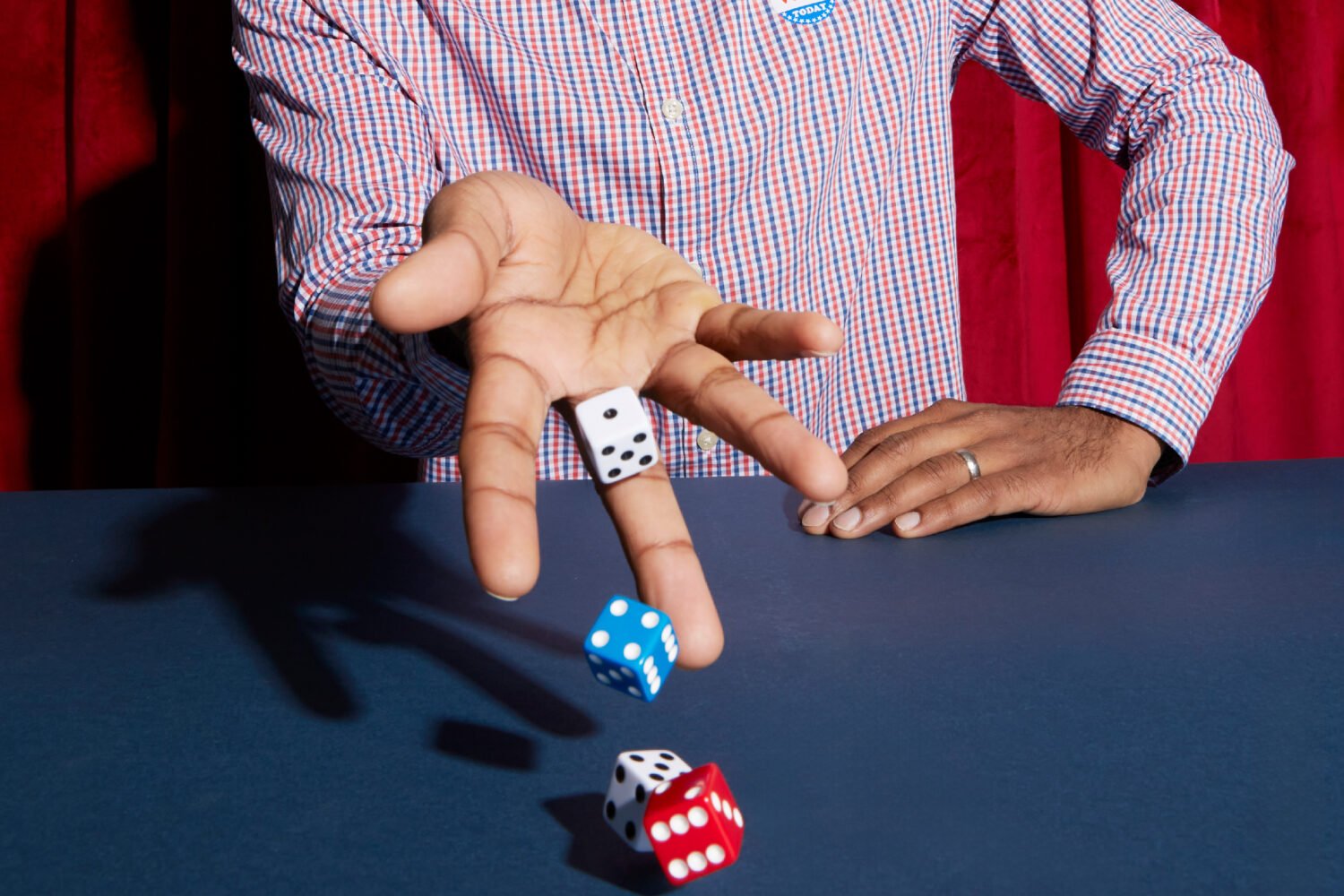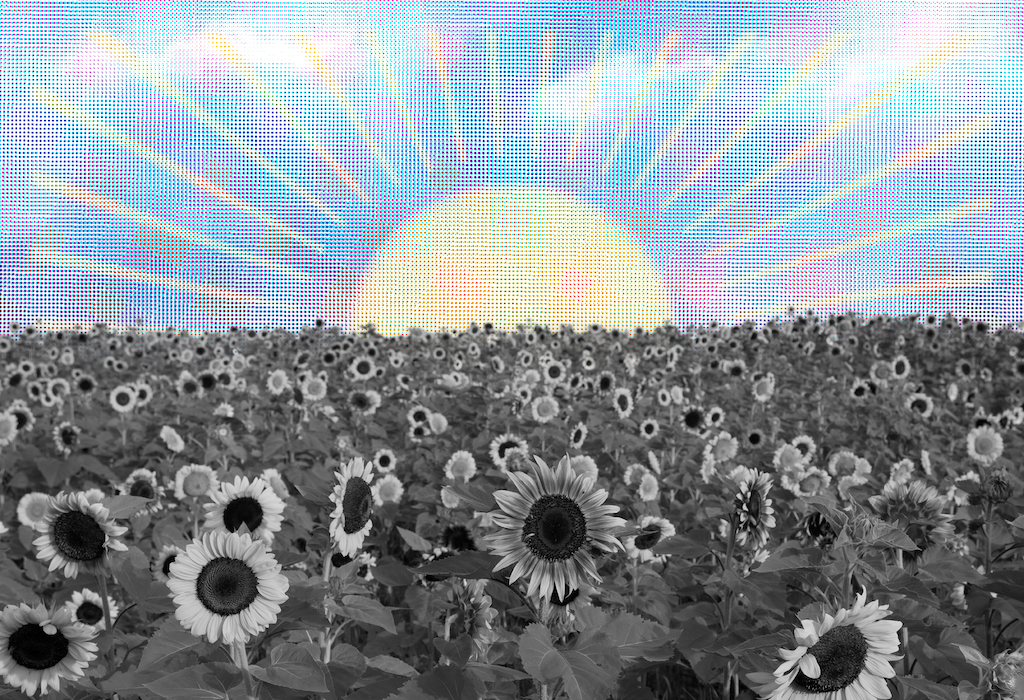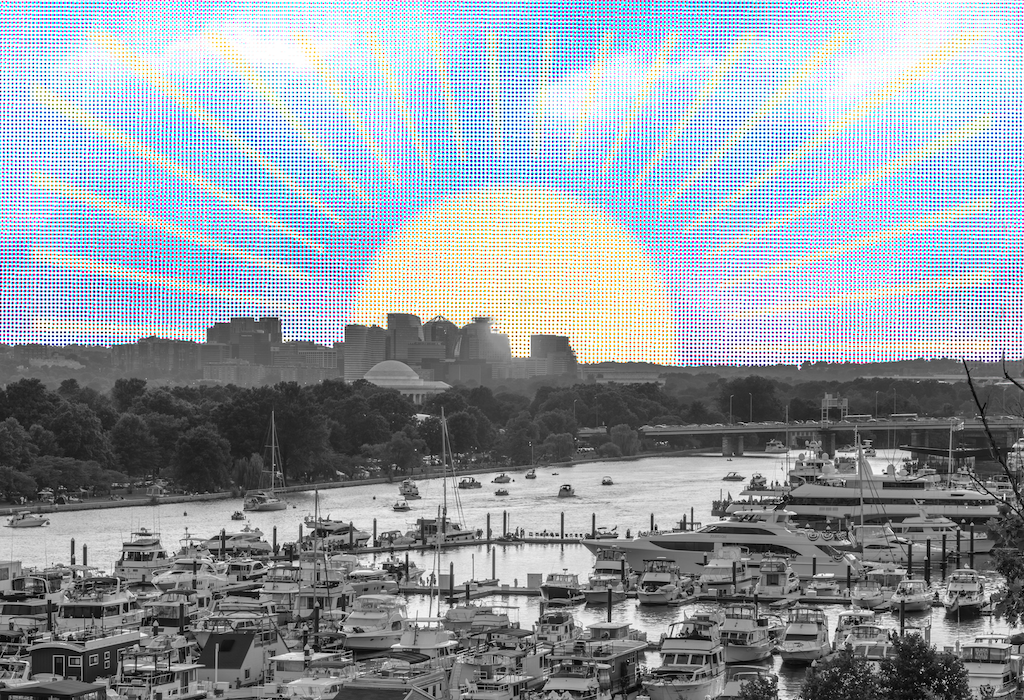The past year was a good one for DC’s contemporary-art-gallery scene. It saw the opening of three new spaces. Ryan Dattilo, an attorney and collector from New York, launched the pop-up De Novo Gallery in Union Market, while Todd Von Ammon, a well-known dealer who previously worked at New York’s Team Gallery, debuted Von Ammon Co. in Cady’s Alley. And in October, a collective of mid-career Washington artists opened a sprawling studio complex/exhibition space in Northeast DC, named Stable—which fits nicely with both the structure’s equine history and the group’s aim to provide a reliable node for creators.
Though that’s welcome news for local artists and art appreciators, a divide remains between our city’s museum offerings—some of the best in the world—and its private-gallery scene. Over the past 20 years, Washington has developed the complexion of a boomtown, and the area’s residents are some of the country’s wealthiest. Yet as longtime local gallerist Christopher Addison recently told me, major collectors here tend to look to New York or Europe for their purchases. Add in the realities of gentrification—fast-changing neighborhoods, massive rent hikes—and maintaining a gallery here can be a challenge.
Decades ago, before the economic turnaround transformed Washington, it seemed as though the city might be an emerging art capital. The Corcoran School of Art & Design was thriving, and DC boasted the hard-edged abstraction of the Washington Color School, anchored by now-canonical figures Morris Louis and Sam Gilliam. A young Georgetown student, Max Protetch, founded his eponymous gallery in 1969, at the vanguard of conceptual work by Vito Acconci, Sol Lewitt, and Siah Armajani (before decamping to New York in 1978).
Meanwhile, the legendary Henrietta “Henri” Ehrsam held court at her gallery/salon on 21st Street. That part of Dupont Circle was the center of a lively and robust art scene that animated the neighborhood and defined its nightlife well into the 1990s: Walter Hopps’s Washington Gallery of Modern Art, Ramon Osuna’s Pyramid Gallery, Marc Moyens and Komei Wachi’s Gallery K, and many others knitted together a community and provided outlets for local artists. Team Gallery has roots in DC, as does New York’s prestigious Jack Shainman gallery.
Yet that verdant terrain has been denuded, consolidated into a landscape dominated primarily by Addison, Hemphill Fine Arts, Gallery Neptune & Brown, and Zenith Gallery. Even those stalwarts continue to represent artists and estates linked to an earlier moment—lots of painting, lots of abstraction, the estates of Washington Color School artists such as Gene Davis, Howard Mehring, and William Christenberry.
In some ways, this is the now-familiar story of gentrification as it has played out all over the country. Artists flock to areas with low rents—say, Brooklyn’s Williamsburg neighborhood or San Francisco’s Mission District—and spearhead a dramatic transformation. Starbucks and Citibank follow, along with rising costs that push artists and experimental spaces farther to the periphery.
But in recent DC history, change has been spurred less by the migrations of the creative class than by another perennial cultural force: real-estate developers. These days, the art community increasingly collaborates with builders, as with De Novo’s location in a high-end food hall and Von Ammon’s home amid corporate spaces such as Intermix and Bonobos.
The truth is that the art world in general has seen tremendous change over the past decade, with brick-and-mortar gallery space mattering far less than it used to. Increasingly, art is bought and sold as much at famous New York and London galleries as at annual fairs such as the Armory Show in New York and Art Basel in Switzerland, Hong Kong, and Miami. Dealers no longer depend so much on storefronts to bring in business, and artists seem less tied to traditional art-hub cities.
This has opened the door to new approaches in connecting art with audiences. For instance, the long-running CulturalDC operated a brick-and-mortar space in Chinatown for roughly 15 years, but the group has found success since 2017 with its Mobile Arts Project, which brings serious avant-garde work to communities around the city, taking advantage of undeveloped spaces. With free admission, such projects engage a wide audience—some 52,000 viewers, according to CulturalDC. They’re also provocatively site-specific, such as Jennifer Rubell’s performance “Ivanka Vacuuming,” which was staged not far from the White House.
But while the local gallery scene is in flux, there’s something to be said for the kind of place with a front door and white walls full of paintings for sale. Stable, De Novo, and Von Ammon Co. may be sophisticated operations in high-end spaces, but they still provide a tangible presence that helps build the continuity and cohesion that creative people need as they navigate a more adaptive and nomadic market. That’s essential for both artists and art consumers—and for the city itself.
This article appears in the January 2020 issue of Washingtonian.

